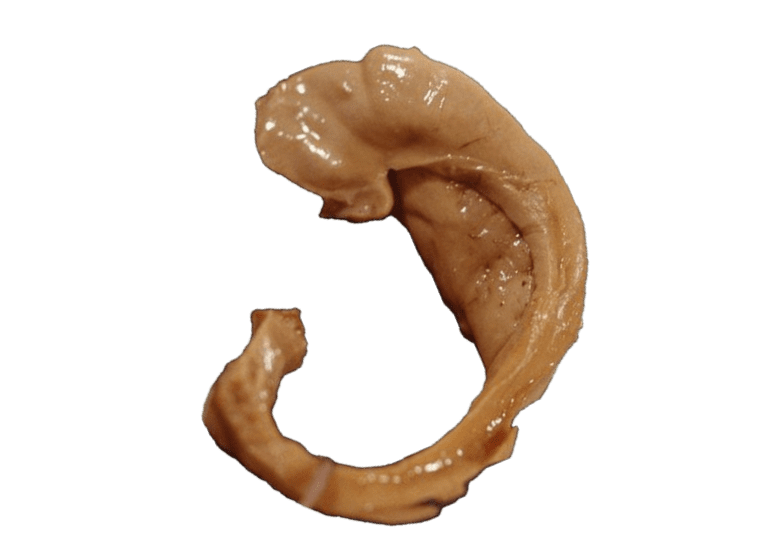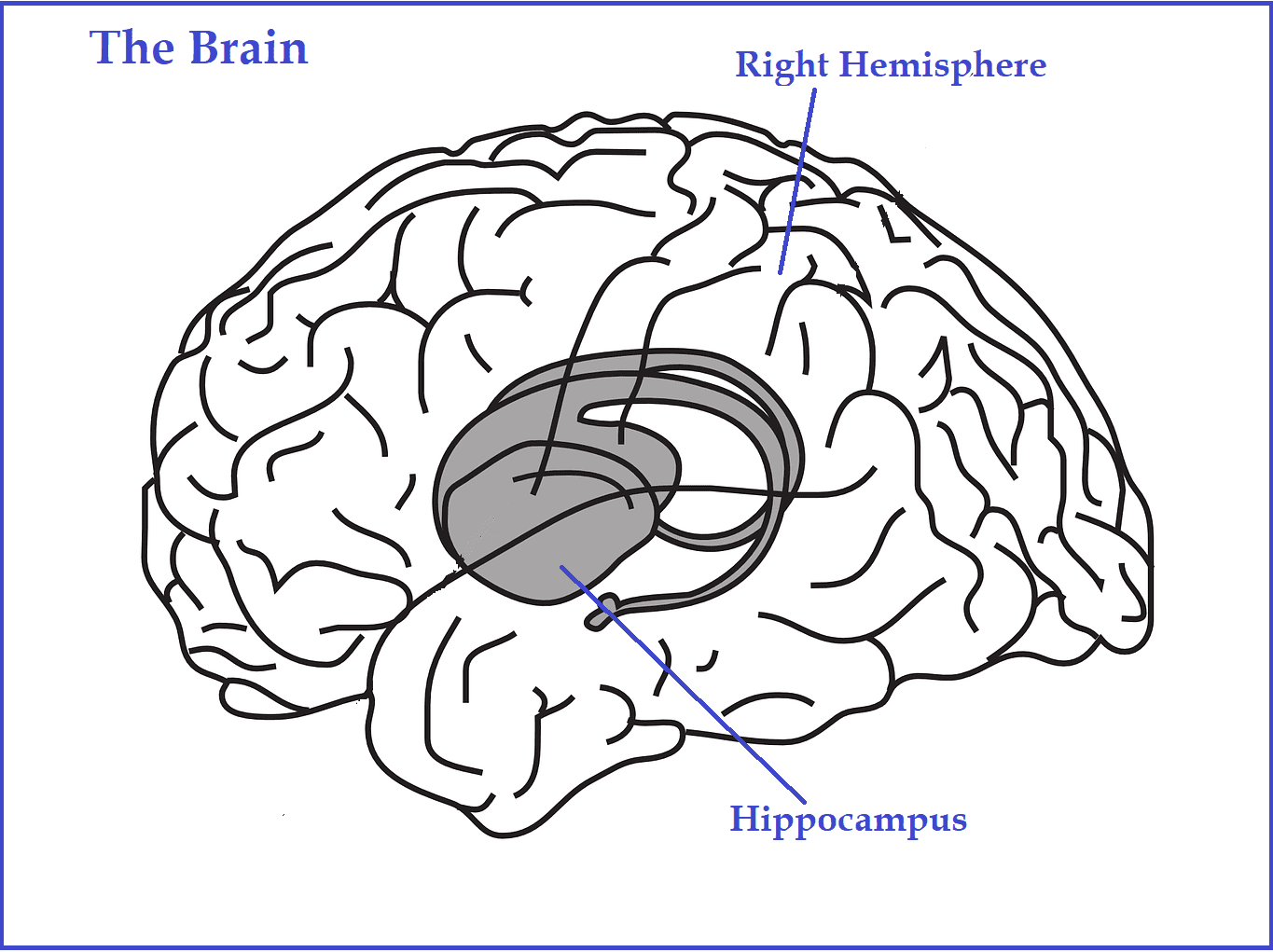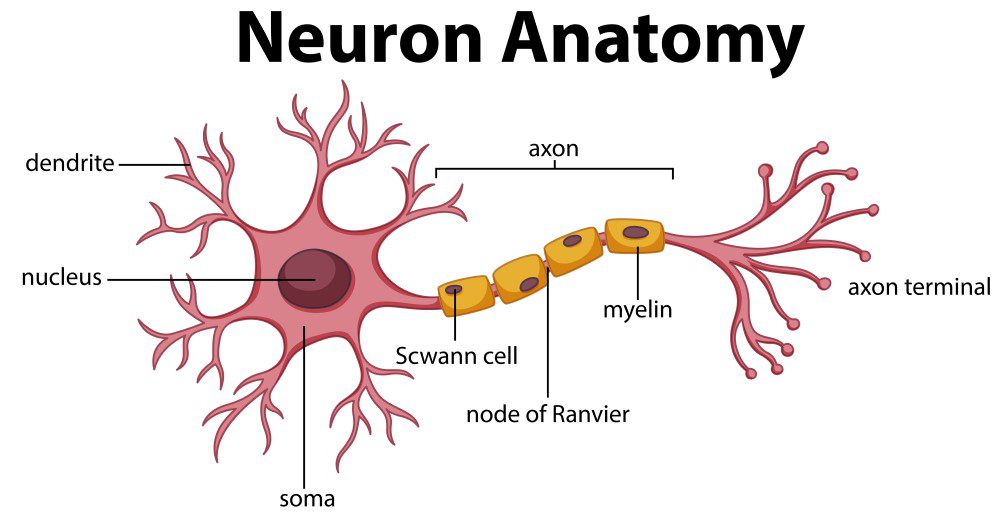It’s right on the tip of your tongue and yet you can’t remember the name of your friend you met yesterday afternoon. However, you remember, effortlessly, the boisterous party at which you first met him. It can be very frustrating- don’t blame yourself too much. Blame it on your hippocampus and its inability to fire those neurons that trigger memories.
Your Hippocampus and you!
By the way, for the untutored, the hippocampus (which cozily rests in the temporal lobe of the cerebral cortex of the brain) has nothing at all to do with Hippos and less to do with campuses. It gets its nomenclature from the Greek word ‘hippokampus’, which means seahorse. And, why ‘seahorse’ you may ask! Well, this small organ resembles one. It’s a sort of storehouse for memory and controlling emotions.
All said and done, the hippocampus does a pretty good job of sorting and sifting memories. It secretes some in the brain’s deeper recesses. The others, it fires into the main line, making it easier for us to recall. However, it’s so small that it cannot cram all the details of a memory into its stronghold. Research studies appear to indicate that when there’s too much detail for the hippocampus to handle, it turns to the frontal cortex for help. The frontal cortex is that little important region that acts as a “control panel”. It helps fill in video like details such as sights, sounds and smells. Together, both organs, do a splendid job of ‘retaining and recalling memories, sometimes very vividly at that.
If that’s the case, why do you forget some things and only remember others. Also, why and how are you able to recall information? Well, you need to know a little of how the brain works and what the hippocampus does.
How the brain works
The brain is amazingly complex in structure. This organ, weighing about three pounds, stores different bits of information in its different parts. That sounds familiar doesn’t it? Yes, it’s very like your computer’s RAM and ROM. Many small yet important applications boot your computer, making it come alive. It then begins to record information, saves it for you and then brings it back when you need it. A computer uses software programs (written by real brainy people) and electricity to make all of that happen.
This is almost how the brain operates! It first prioritizes information- by encoding it. That just means that it packs away those bits of information. It pushes some into the short-term memory and bits of it into the long-term storage compartment, from where some of it can be retrieved later. It too uses electricity (no AC or DC here!) but an array of chemicals to encode, store and recall information.
What makes the brain tick?
When signals fire across the gap, they trigger the neurotransmitters. Neurotransmitters jump across the gap and find cells that We know that computers, along with servers and routers create networks that are in turn connected to each other. Such interconnected networks allow flow of information between computers, helping them communicate with each other. But what makes the brain tick? Nerve cells, aka neurons, work hard to transmit messages. There are more than 80 billion of them in the brain. Neurons come in different sizes, have different shapes and different forms. They talk to each other through special chemicals called Neurotransmitters.
Allow me to digress a wee bit here! How are signals or messages transmitted? What role do the neurons play? All that and more coming up!
How neurons communicate
A neuron is perhaps the engine of the brain. It has three important parts- the axon, the cell body and the dendrites. The cell body is the laboratory that contains all the chemicals to make those ‘very important’ neurotransmitters. These chemicals are pushed down the axon until they reach the axon terminal.
The axon sends short electrical impulses from one end to its other end aka ‘the axon terminal’. Neurotransmitters, present at this terminal are waiting to trigger nearby sympathetic neurons. Each neuron connects to different ‘target’ neurons. either stimulating or repressing activity.
However, the key factor that makes it possible for neurons to actually talk to one another are ‘junctions called synapses’. Synapses are infinitesimal gaps between the axon terminal and nearby neurons. There is an intricate network of synapses in our brain.
When signals fire across the gap, they trigger the neurotransmitters. Neurotransmitters jump across the gap and find cells that they would like to partner. Once that happens they latch themselves on to their preferred cells. Apparently different neurotransmitters have different preferences and so link to different neighboring cells. These actions repeat themselves at very high speeds, very much like electrically wired transmissions. Now, the Dendrites- a cell’s wavy branches- take over. They reach out to those cells, to receive information. The mammoth information highway swings into action.
You must be wondering where all this is leading- hang on in there! The ‘neuronic and synaptic secrets’ are going to be out in just a while. You’ll be privy to why you forget some things while remembering others.
The super memory connector
The Hippocampus is the hard disc of our brains. It tucks away information that it thinks important into the deeper and long-storage recesses, making it easier to retrieve. It doesn’t stop with that- it connects these bits of information to other bits of memories, which in turn connect to our senses and our emotions. To make that clearer, when you smell freshly baked bread or the yummy aroma of a chocolate cake- it takes you way back to the most delicious bakery that you used to haunt years and years ago. As the aroma hits your nostrils, it triggers ‘forgotten memories’ stored in your hippocampus. This little wonder of an organ quickly establishes connections with those past memories.
Synaptic strengthening
With the information highway roaring into action, the cells become busy. Signals pass back and forth between them. Synapses become busier and as connections become stronger, the synaptic junction reinforces itself. As you train, learn and experience things in your daily life, your brain is busy organizing data into its various compartments. During the process of memory building, some synapses may be eliminated, new ones built or existing synapses reinforced.
Why you forget
It seems odd that this ‘powerful memory retainer’ doesn’t allow us to store everything. Well, maybe that isn’t fair– after all even computer hard discs gasp for space. However, retentivity depends on two main factors- how strongly memories are captured and how powerfully our senses are tuned to them.
Short-term memories- short life
Look at it this way. When you leave home, your grocery list is fresh in your brain . But when you reach the supermarket, the list seems to have evaporated. No amount of brain racking helps. This is because the memory of the grocery list was just a casual storage- in the RAM. Switch off the computer and there’s nothing in it. On your way to the supermarket, a hundred thoughts filtered through your brain. Many of them sort of overwrote some of the items in the list, causing you to forget. Short-term memories apparently live for a very, very short span of time. Try remembering a house-address or a telephone number a couple of minutes after you see it, and you will know what I mean.
Unpleasant memories fade away
Some memories hurt and we consciously try to ‘selectively block them out’. We deliberately want to bury them and forget. Your mind helps you forget some unpleasant moments in your life or at least helps to tone down the intensity. Not all memories can be stifled.
Unaccessed memories decay
If parts of a memory are not accessed frequently, it tends to go into cold storage, from where retrieval is tough. Information decays and then buries itself altogether. You forget it completely.
Why you remember things
Long-term memory is different. Memories of different kinds store themselves differently in different chambers. Let’s take a look!
Conscious memories
Think of that history class where you had to remember events and dates. Repeating and learning them often (though boring) made it easier for you to remember. Such memories go into long-term storage. Take an understudy for example- he/she learns all the parts very well by repeating lines over and over again. Thus, at short notice, they can replace the actor/actress almost seamlessly. In both cases, you are ‘explicitly’ forcing yourself to remember. Encoding memories is very complicated. Storing and retrieving memories is even more complex. Yet, your hippocampus does a tremendous job of conscientiously ‘forming conscious memories’.
Non-conscious memories
Then there are those ‘implicit’ memories that you never forget even if you haven’t accessed those for years. Research studies indicate that this small yet wonderful organ is involved in the formation of ‘non-conscious memories’ too. Let’s say you learned to drive a car, ride a horse or swim when you were young and were pretty skillful at doing all those things. You never really forget those skills even if you haven’t done them for a long, long time. Yes, you maybe rusty but you never lose the art.
Semantic memories
You acquire bits of information when you read and hear about things. The urge to know makes you read more, learn more and hear more. Bits of connected knowledge tunnel into your ‘semantic memory bag’, and are pulled out when needed.
Episodic memories
Personal events and experiences channelize into the ‘episodic memory sack’. That’s why you vividly remember the day you were punished by your school principal. You remember too the scare you got when you missed your friends and got lost in the woods.
Environment and moods
Sometimes memories are triggered by the environment you are in. For instance, when you enter a hospital, you tend to lower your voice without anyone telling you to do so. This ‘unconscious suggestion’ is embedded in the long-term memory and it comes to the fore when such situations arise. Moods too can dictate triggering of memories. If you’re in a good mood, pleasant memories will flood your mind and if you’re unhappy or sad, you tend to dwell on unpleasant things.
Why we remember some but not all
You remember certain things with all the ‘crowning details’ while other memories are hazy. Taking it a step further, you often feel that some moments of your life are lost to you. You come up against a blank wall when you move in that direction. Obviously then, it’s not just a question of merely storing of information- it goes beyond that.
Establishing strong connections
To capture information perfectly, your senses must be fully tuned. Also, your attention and perception must work at ‘peak levels’. To give meaning to memories, context is important. So too are its various associated relationships. If these are strong, then the memories and allied connectors are also strong. That’s why a casual storage and ‘a less than optimum approach’ is unacceptable to the hippocampus.
Reinforcing of information
Memories must be consolidated in our mind and that’s just what repetition does. It reinforces the strength of the memories. It’s like stacking layers of information one on top of another, making it impossible to ignore.
Retaining what you want
Our memories are very selective, especially when it comes to dealing with conflicting ideas or notions. The tussle in your mind sorts itself out over time and only the memories that you want to retain remain. The other memories go into oblivion. That’s why we remember some things but not all. Those suffering from amnesia will find that a part of their memories have been whitewashed over. Though they can build new memories, some of the past is lost to them.
Take Note!
In essence, those memories that the brain regards as pretty useless seem to bury themselves deeply. However, some retain the driver’s seat, ready to start triggering when needed. Some painful memories keep surfacing often unless deliberately suppressed.
Thus, your brain with its infinite capacity to astonish and amaze, often stumbles, especially when it comes to mundane grocery lists, remembering people’s names and phone numbers.
So the question begs- Can you improve your memory? Yes you can! If you want to know how, watch out for the next installment: Neuronic and Synaptic Activity!








